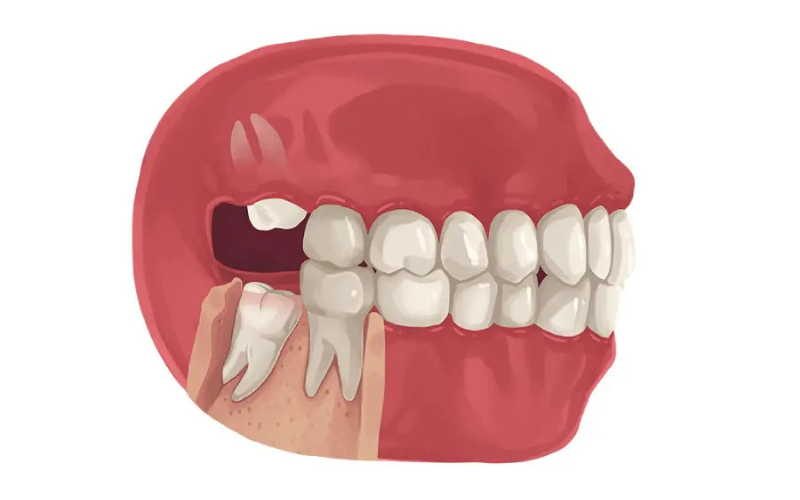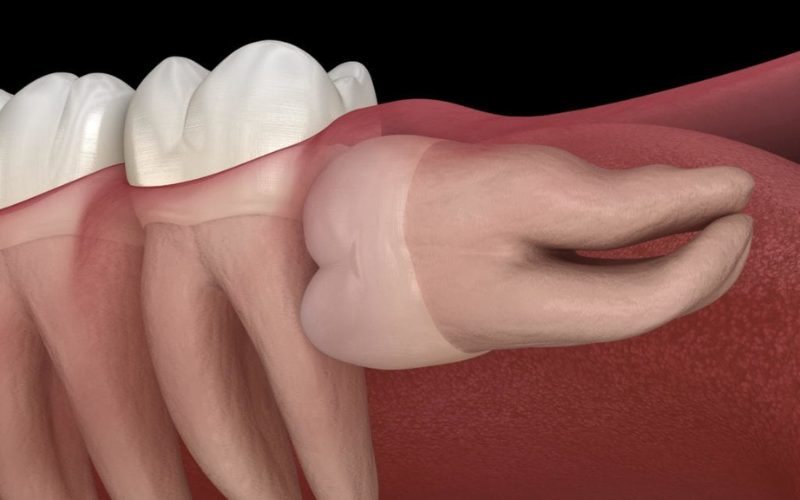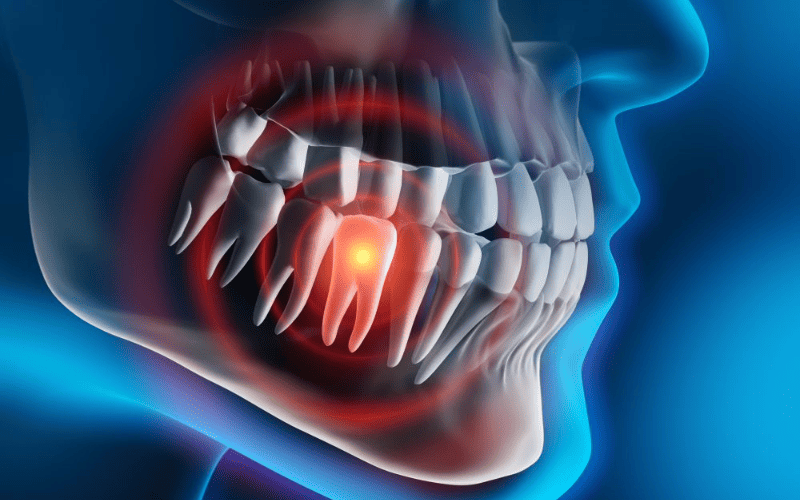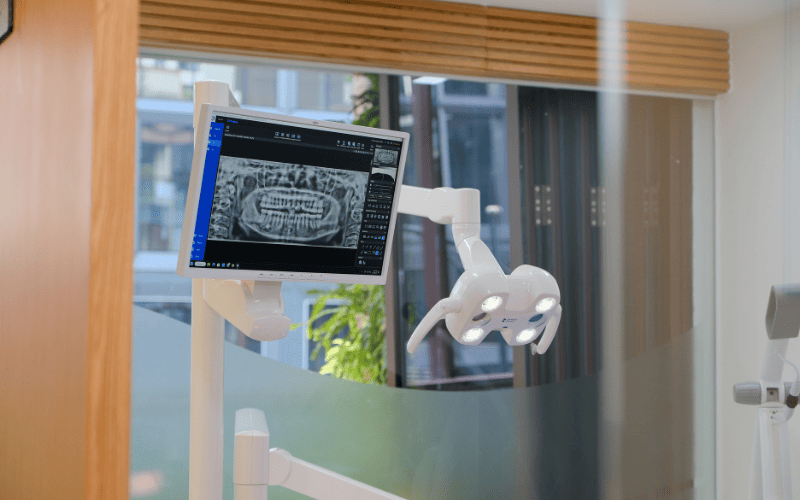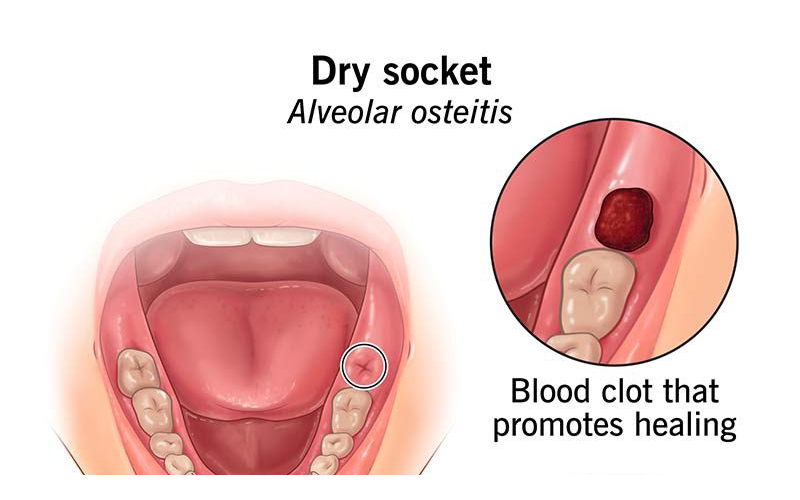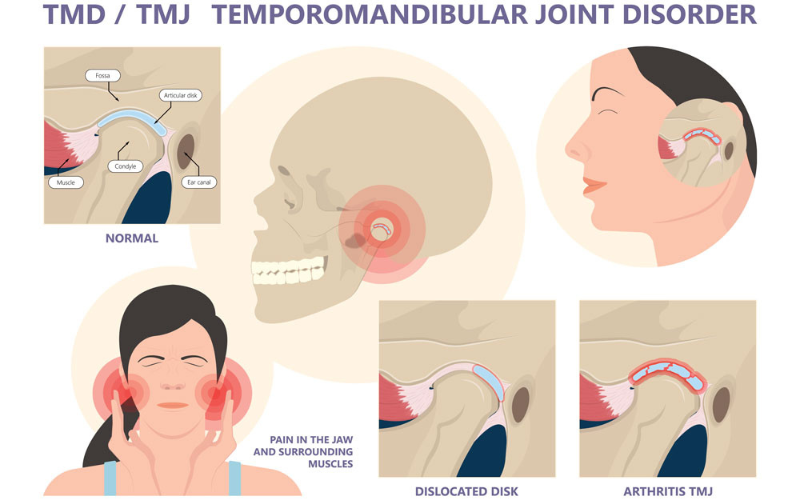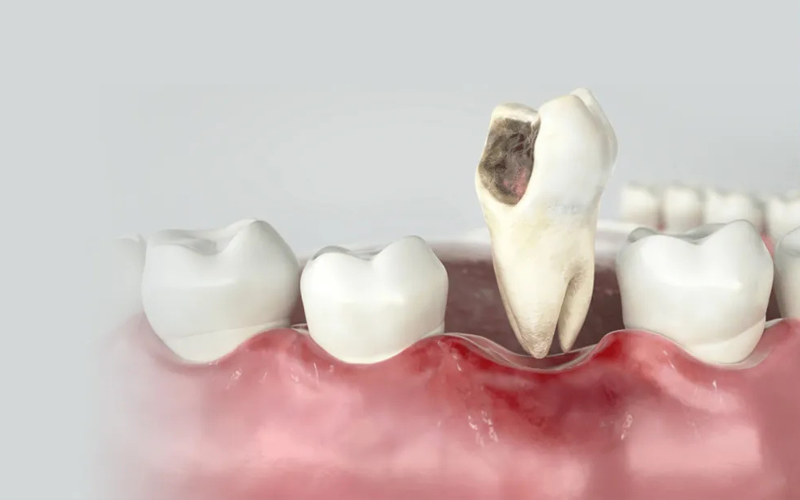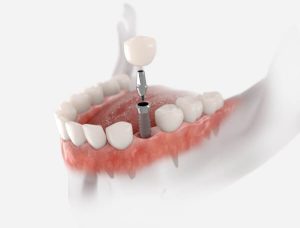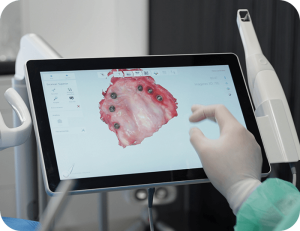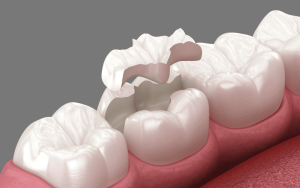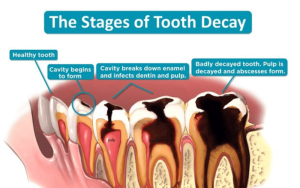Table of content
Complex wisdom tooth extraction is a specialized dental procedure that requires surgical intervention to remove impacted third molars. Unlike simple extractions, complex cases involve teeth that haven’t fully erupted or are positioned at problematic angles. At Elite Dental, our oral surgeons are highly trained in performing these intricate procedures with precision and care, minimizing discomfort and potential complications.
1. What is the biological explanation for wisdom teeth?
Wisdom teeth, or third molars, are evolutionary remnants from our ancestors who needed extra molars to process their rough diet of raw plants, nuts, and meat. These teeth typically emerge between late adolescence and early twenties, long after the other permanent teeth have established their positions in the mouth (usually by age 12).
Will wisdom teeth removal hurt?
Modern humans have smaller jaws due to evolutionary changes and dietary shifts, leaving insufficient space for these additional molars. This spatial limitation often leads to impaction issues, where wisdom teeth cannot fully erupt or develop properly within the confines of our modern jaw structure.
2. Why should we have complex wisdom tooth extraction?
Complex wisdom tooth extraction is needed when these molars threaten oral health. To prevent problems in the future, a dental examination helps determine whether removal is required.
2.1 Impacted wisdom teeth
Wisdom teeth can become impacted in several ways, each presenting unique challenges during extraction:
- Growing at an angle toward the adjacent second molar
Types of wisdom teeth impactions
- Angling toward the back of the mouth
- Developing perpendicular to other teeth (horizontally impacted)
- Growing straight up or down like other teeth but remaining trapped within the jawbone
These abnormal growth patterns often necessitate complex surgical intervention rather than simple extraction techniques.
2.2. Problems with impacted wisdom teeth
Extraction of a complex wisdom tooth is advised when impacted teeth result in:
- Persistent pain in the back of the mouth
- Food and debris becoming trapped behind wisdom teeth, leading to bacterial growth
- Gum disease or infection (pericoronitis) around partially emerged wisdom teeth
- Decay in partially erupted wisdom teeth that are difficult to clean
- Damage to neighboring teeth or surrounding bone structure
- Development of fluid-filled cysts around wisdom teeth
- Complications with orthodontic treatments designed to straighten other teeth
2.3 Complex wisdom tooth extraction can prevent future dental problems
Proactive removal of problematic wisdom teeth through complex extraction offers several preventive benefits:
- When there’s insufficient space for proper eruption, wisdom teeth become extremely difficult to clean properly, increasing the risk of decay and infection
Wisdom tooth removal edmonton
- Older adults typically face greater surgical challenges and higher complication rates during wisdom tooth extraction
- Early intervention can prevent the development of painful symptoms and more serious conditions that might require emergency treatment
3. How are complex wisdom tooth extractions performed?
The procedure typically unfolds in three distinct phases:
Preparation for the procedure: Before surgery, comprehensive imaging (panoramic X-rays or 3D scans) helps visualize the tooth position and proximity to vital structures like nerves and sinuses. The oral surgeon will review your medical history and current medications and discuss anesthesia options. If general anesthesia will be used, you will receive pre-operative instructions that include fasting guidelines. Some patients may be prescribed antibiotics beforehand if they have specific risk factors for infection.
Panoramic X-rays or 3D scans
Pain management during the procedure:
- Local anesthesia to numb the immediate area
- Sedation anesthesia to suppress consciousness while maintaining vital functions
- General anesthesia for complete unconsciousness during more complex extractions
Once the appropriate anesthesia takes effect, the surgeon will make an incision in the gum tissue to expose the tooth and bone. Often, the tooth must be sectioned into smaller pieces for easier removal. Any bone blocking access to the tooth root may require removal as well.
Post-procedure care: After extraction, the surgical site is cleaned of debris and may require stitches to promote healing. Gauze pads are placed over the extraction site to control bleeding and encourage clot formation. You’ll receive detailed aftercare instructions covering pain management, dietary restrictions, oral hygiene practices, and activity limitations.
When to Stop Using Gauze After Tooth Extraction
4. Risks of wisdom tooth removal
While complex wisdom tooth extraction is generally safe, patients should be aware of potential complications that can occur during or after the procedure:
4.1 Dry socket
About 3-5% of extractions result in dry socket (alveolar osteitis), which is caused by the blood clot that forms in the socket dislodging or dissolving too soon. This causes excruciating pain that typically begins three to five days following surgery, revealing the nerves and bone underneath.
Dry socket: What it is and how to prevent it
This risk is considerably increased by smoking, using oral contraceptives, and not practicing good oral hygiene, according to research published in the Journal of Oral and Maxillofacial Surgery.
4.2 Septic condition
Though rare, infection can develop following wisdom tooth extraction. Signs include persistent swelling, fever, unpleasant taste, and excessive discharge. A 2018 study in the International Journal of Oral and Maxillofacial Surgery found that approximately 1% of patients develop post-extraction infections, with complex impactions carrying a higher risk.
4.3 Sensory disturbance in the mandibular area
The inferior alveolar nerve runs near the roots of lower wisdom teeth. During complex extractions, this nerve may be bruised or damaged, resulting in temporary or permanent numbness, tingling, or altered sensation in the lower lip, chin, or tongue. This happens in about 0.5 to 5% of lower wisdom tooth extractions, according to clinical data, and most cases go away in a matter of weeks or months.
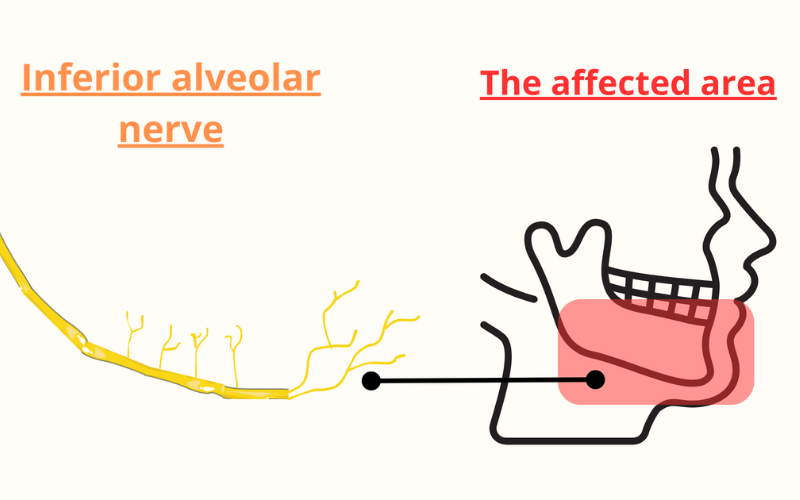
During complex wisdom tooth extraction, this nerve may be bruised or damaged
4.4 Damage to the next teeth
Adjacent second molars may sustain damage during complex wisdom tooth extraction, particularly when impacted teeth are angled toward them. This may involve root damage, broken enamel, or damaged fillings. According to a thorough study published in the British Journal of Oral and Maxillofacial Surgery, between 0.3% and 0.4% of surgical extractions resulted in adjacent tooth damage.
4.5 Jaw joint problems
Some patients experience temporary or prolonged jaw joint (TMJ) discomfort following complex wisdom tooth surgery. Extended mouth opening during the procedure can strain the joint and surrounding muscles. Research indicates that approximately 2% of patients who have had a wisdom tooth extracted experience TMJ symptoms; however, the majority of these cases resolve with pain management and jaw exercises.
Understanding TMJ jaw pain and seeking specialist help
4.6 Maxillary sinus complications
The maxillary sinuses are often in close proximity to the roots of upper wisdom teeth. Oroantral communication, an opening between the sinus and oral cavity, or the pushing of tooth fragments into the sinus cavity are possible outcomes of large extractions of the upper wisdom teeth. This complication, which occurs in 0.8–4.7 percent of upper wisdom tooth extractions, according to clinical research, necessitates additional care if the wound does not heal on its own.
5. Frequently asked questions
5.1. Preparing for surgery
Before undergoing complex wisdom tooth extraction at Elite Dental, patients should arrange transportation home after surgery, wear loose-fitting, comfortable clothing, and follow fasting instructions if receiving sedation or general anesthesia.
Tooth extraction: Procedure, cost & what to expect
Additionally, remove jewelry and avoid wearing makeup or nail polish on the day of surgery. Inform your surgeon about all medications and supplements you take regularly, and prepare your recovery space at home with necessary supplies before the procedure.
5.2. How long does it take to recover from a complex wisdom tooth extraction?
Recovery from complex wisdom tooth extraction typically takes 7-10 days. Most patients experience swelling and discomfort peaking around the third day and gradually subsiding thereafter. You can usually resume normal activities within 3-4 days, though strenuous exercise should be avoided for at least a week. Complete bone healing takes approximately 6-8 weeks, though this occurs without symptoms in most cases.
5.3. Is a dead tooth easier to extract?
Contrary to common belief, a dead (non-vital) wisdom tooth is not necessarily easier to extract. While the tooth itself no longer contains living nerve tissue, the surrounding periodontal ligament and bone attachment remain intact.
What is a dead tooth? How can a tooth die?
Additionally, dead teeth tend to become more brittle over time, potentially complicating extraction by increasing the likelihood of fracture during the procedure. The complexity of extraction depends primarily on tooth position, root morphology, and bone density rather than the tooth’s vitality.
Complex wisdom tooth extraction is a specialized dental procedure that requires professional expertise and proper surgical techniques. At Elite Dental, our experienced oral surgeons utilize advanced technology and proven methods to ensure successful outcomes for complex wisdom tooth extractions.

